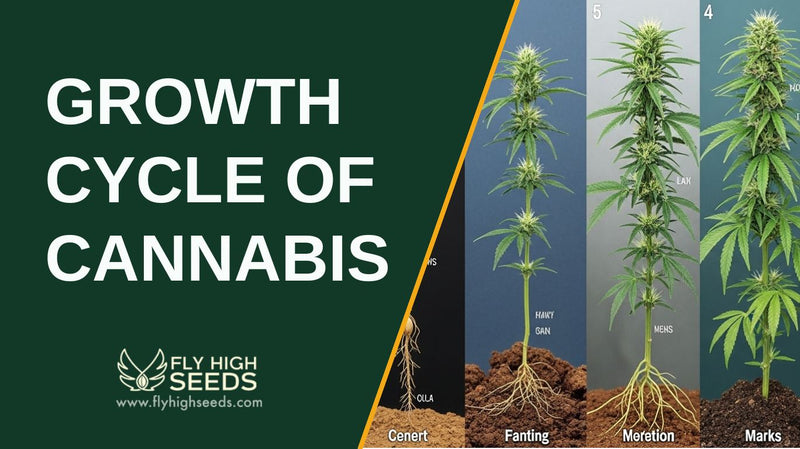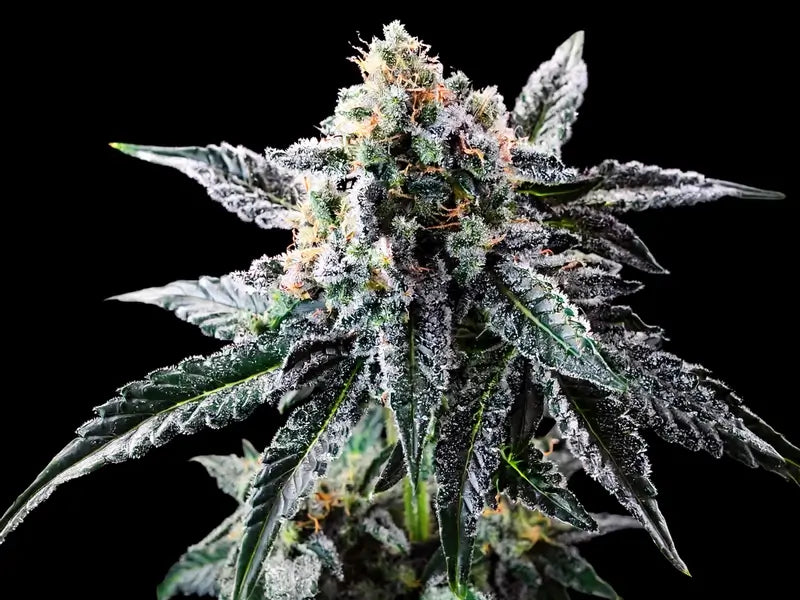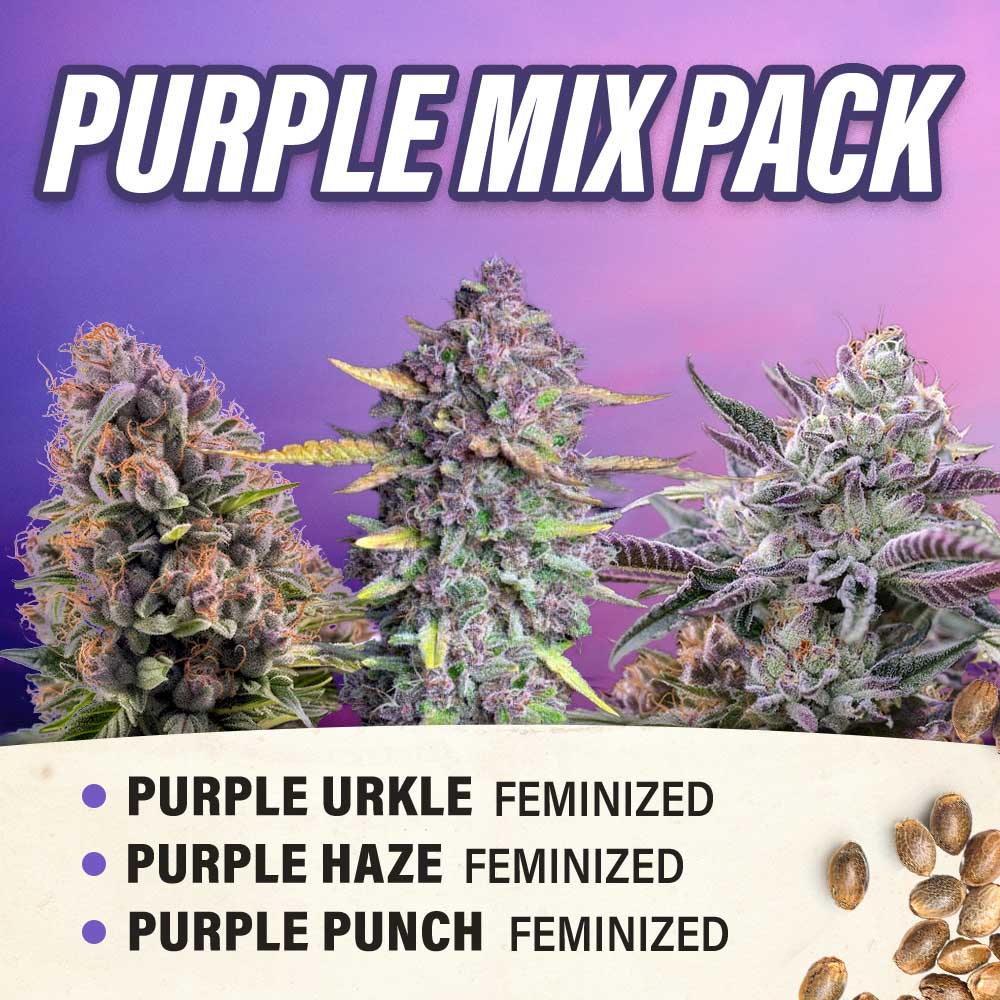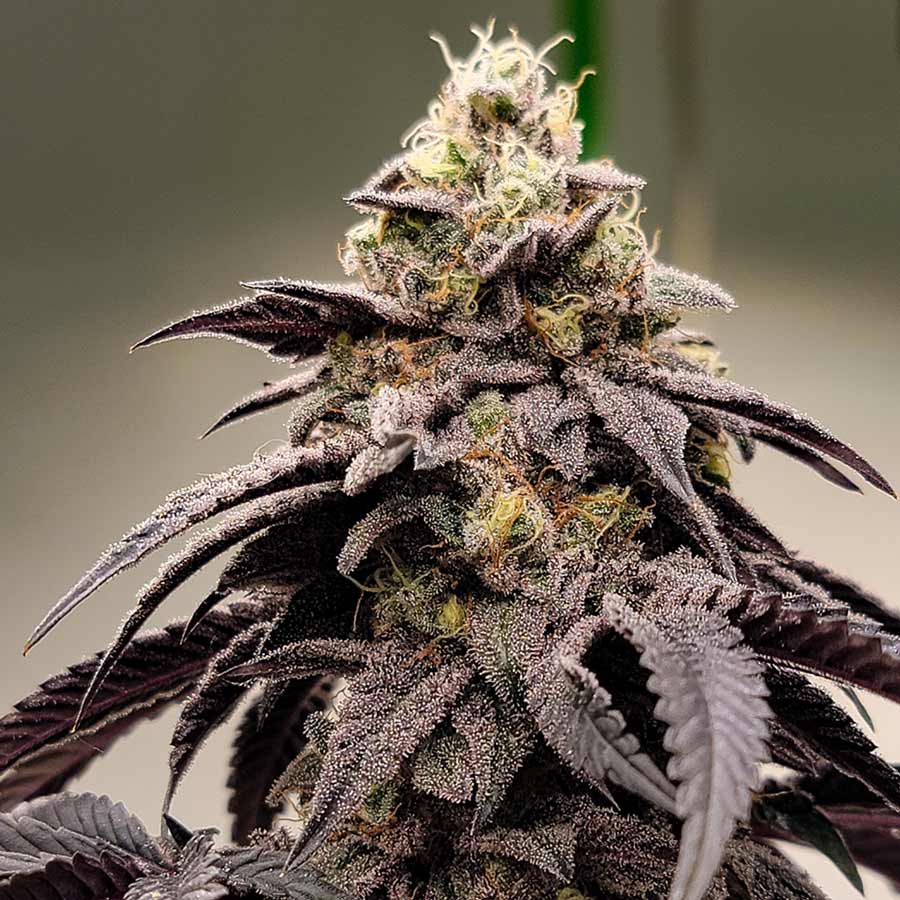Growth Cycle of Cannabis: Understanding Each Stage for Healthy Plants

Growing cannabis can be both rewarding and cost-effective, but success depends on understanding the cannabis grow cycle, the cannabis life cycle, the grow cycle, and the plant’s lifecycle. From the moment a seed germinates to the final harvest, cannabis undergoes several distinct growth stages—each with its own environmental needs.
Whether you’re a new grower or brushing up on cultivation techniques, knowing how these stages work is the key to producing potent, high-quality buds.
The Cannabis Growth Timeline at a Glance
Cannabis growth typically takes 4 to 8 months from seed to harvest, depending on environmental conditions and growing conditions, and whether the different cannabis growth stages affect the flowering period cultivated indoors or outdoors. Indoor growers have more control over the environment, which can speed up flowering and improve yields.
The cannabis growth stages lifecycle, influenced by plant hormones and starting from the germination process, includes six main stages:
- Germination – 1 to 7 days
- Seedling – 2 to 3 weeks
- Vegetative – 2 to 8 weeks
- Pre-flowering – 1 to 2 weeks
- Flowering – 6 to 8 weeks
-
Harvesting – 1 to 3 weeks (drying and curing included)
Let’s break down each stage and what you need to do to support your plants.
1. Germination: Cannabis Life Cycle

The cannabis lifecycle begins with the germination of cannabis seeds, which can lead to immature buds if not correctly cared for. Mature seeds are usually hard, dry, and brown with a shiny coat. Immature seeds—soft, white, or green—are unlikely to sprout.
To germinate seeds:
- Keep them in a dark, moist environment, like a damp paper towel in a cabinet.
- The seed will crack open as a small root (radicle) grows downward, and a stem pushes upward toward the light.
- Within a few days, the first tiny leaves, cotyledons, will emerge.
Once the roots are in the soil, the plant transitions to the seedling stage.
2. Seedling Stage: Establishing Strong Roots
Seedlings are delicate and require extra care. They need:
- 18–24 hours of light daily
- Moist (not soaked) soil to prevent root rot
-
Mild humidity and a clean environment to avoid mold
At this stage, the plant starts producing its iconic serrated cannabis leaves, which will eventually develop into cannabis buds. Initially, leaves have a single finger; as the plant matures, more fingers develop, typically five to seven. Healthy seedlings are short, bushy, and vibrant green.
3. Vegetative Growth: Rapid Expansion
Once the plant develops multiple leaves, it enters the vegetative stage—a rapid growth period leading into the flowering phase. Here, the plant builds strong stems, branches, and roots.
Key tips during vegetative growth:
- Repot into a larger container to support root expansion.
- Provide 18 hours of light and nutrient-rich soil (high in nitrogen and potassium).
- Water is farther from the base so that roots can absorb it efficiently.
- Train and prune your plant to maximize light exposure and encourage multiple budding sites.
During this phase, you’ll notice differences between strains: sativas grow tall and lanky, while indicas remain shorter and bushier.
4. Pre-Flowering: Identifying Plant Sex
The pre-flowering stage lasts 1–2 weeks and is crucial for identifying male plants' sex. Look at the nodes (where branches meet the main stem):
- Females produce small white hairs (pistils).
- Males form round pollen sacs.
-
Hermaphrodites show both sexes and can self-pollinate.
Remove male and hermaphrodite plants to prevent pollination, which would cause females to produce seeds instead of resinous buds.
5. Flowering Stage: Bud Development
The cannabis flowering stages begin when plants receive 12 hours of light and 12 hours of complete darkness daily, allowing the formation of female reproductive organs. The female plants start forming buds covered in sticky trichomes that contain THC, CBD, and aromatic terpenes.
During flowering:
- Reduce nitrogen and increase bloom nutrients.
- Keep humidity moderate and temperature stable.
- Watch trichomes and pistils to determine readiness:
- Cloudy trichomes and white pistils = high THC levels
- Amber trichomes and reddish pistils = more CBD and a calming effect
The right timing for harvest depends on the desired effects.
6. Harvesting, Drying, and Curing: The Final Steps for Cannabis Seeds
Harvest when at least half the trichomes are opaque. Cut the harvested buds into smaller branches and hang them upside down in a dark room with 40–50% humidity for 7–14 days.
Once dried, many growers cure buds in airtight jars for 1–3 weeks. This aging process improves flavor, smoothness, and overall quality.
Conclusion: Master the Growth Cycle for Better Yields

Understanding the cannabis growth cycle while cultivating cannabis helps you make informed decisions at every stage, ensuring healthy growth. From proper lighting and nutrients to monitoring plant sex and timing the harvest, each step contributes to a successful grow. With patience and care, you can enjoy healthy plants and top-quality buds.
Want to learn more about cannabis cultivation? Check out our latest growing tips and guides to take your skills to the next level!
FAQs About the Cannabis Growth Cycle
1. How long does it take to grow cannabis indoors?
Indoor indica plants can take 4 to 5 months from seed to harvest, depending on strain and environmental control.
2. Can I speed up the growth cycle?
Controlling light schedules for sativa strains, using proper nutrients, and maintaining ideal conditions can shorten the vegetative phase, but rushing may impact yield and potency.
3. What’s the best light cycle for cannabis plants?
During vegetative growth, use 18 hours of light and 6 hours of darkness. For flowering, switch to a 12/12 cycle.
4. Do male plants produce buds?
No, only female cannabis plants produce smokable buds. Males produce pollen sacs, which should be removed to prevent pollination.
5. Why is curing cannabis important?
Curing enhances flavor, aroma, and potency while reducing harshness, resulting in a smoother smoking experience.



